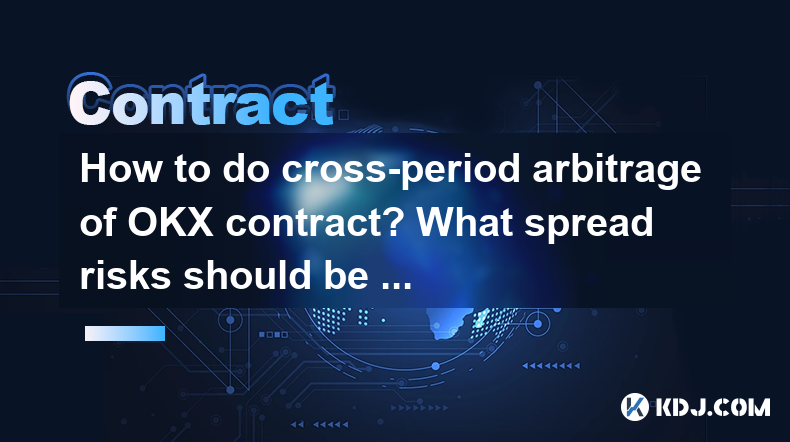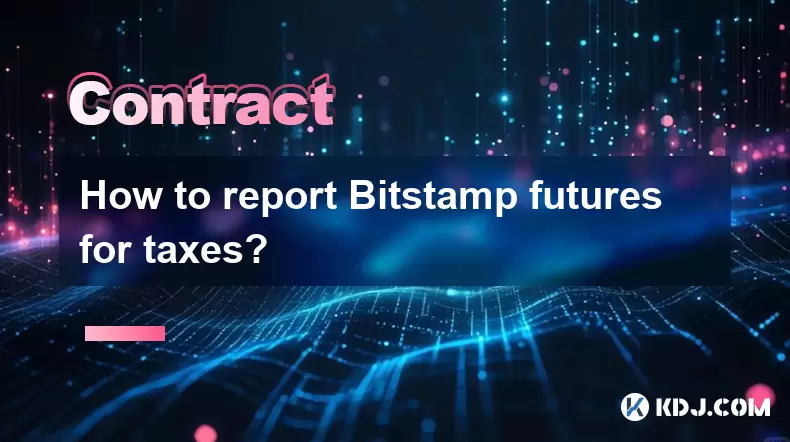-
 Bitcoin
Bitcoin $115000
1.10% -
 Ethereum
Ethereum $3719
2.93% -
 XRP
XRP $2.997
2.56% -
 Tether USDt
Tether USDt $1.000
0.02% -
 BNB
BNB $766.7
0.98% -
 Solana
Solana $169.6
3.97% -
 USDC
USDC $0.9999
0.00% -
 TRON
TRON $0.3391
1.82% -
 Dogecoin
Dogecoin $0.2060
3.53% -
 Cardano
Cardano $0.7429
2.91% -
 Hyperliquid
Hyperliquid $38.02
1.70% -
 Stellar
Stellar $0.4021
3.23% -
 Sui
Sui $3.515
3.31% -
 Bitcoin Cash
Bitcoin Cash $574.2
2.68% -
 Chainlink
Chainlink $16.85
3.10% -
 Hedera
Hedera $0.2461
1.54% -
 Ethena USDe
Ethena USDe $1.001
0.02% -
 Avalanche
Avalanche $22.28
1.26% -
 Litecoin
Litecoin $118.3
1.25% -
 UNUS SED LEO
UNUS SED LEO $8.923
-0.75% -
 Toncoin
Toncoin $3.255
2.35% -
 Shiba Inu
Shiba Inu $0.00001239
2.42% -
 Uniswap
Uniswap $9.834
3.77% -
 Polkadot
Polkadot $3.690
2.48% -
 Dai
Dai $1.000
0.02% -
 Monero
Monero $282.9
-3.30% -
 Bitget Token
Bitget Token $4.367
0.70% -
 Cronos
Cronos $0.1454
5.37% -
 Pepe
Pepe $0.00001055
3.60% -
 Ethena
Ethena $0.6156
8.72%
How to do cross-period arbitrage of OKX contract? What spread risks should be paid attention to?
On OKX, cross-period arbitrage involves exploiting price differences between contracts with different expiration dates, requiring careful market analysis and risk management.
May 01, 2025 at 05:21 pm

Introduction to OKX Contract Cross-Period Arbitrage
Cross-period arbitrage on the OKX platform involves exploiting price differences between contracts with different expiration dates. This strategy can be lucrative but requires a deep understanding of market dynamics and risk management. In this article, we will explore the steps to execute cross-period arbitrage on OKX and discuss the spread risks that traders should be aware of.
Understanding OKX Contracts
Before diving into the arbitrage process, it's essential to understand the types of contracts available on OKX. OKX offers perpetual swaps and futures contracts with various expiration dates. Perpetual swaps do not have an expiration date, while futures contracts expire on specific dates. The key to cross-period arbitrage is to identify and exploit price discrepancies between these contracts.
Steps to Execute Cross-Period Arbitrage on OKX
To execute cross-period arbitrage on OKX, follow these detailed steps:
Log into Your OKX Account: Ensure you have an active and verified OKX account with sufficient funds to cover your trading activities.
Navigate to the Futures Trading Section: Go to the OKX trading platform and select the futures trading section. Here, you will find a list of available futures contracts with different expiration dates.
Identify Price Discrepancies: Use the platform's tools to compare the prices of contracts with different expiration dates. Look for situations where the price of a near-term contract is significantly different from that of a longer-term contract.
Calculate the Arbitrage Opportunity: Once you identify a price discrepancy, calculate the potential profit from the arbitrage. This involves calculating the difference between the prices of the contracts and subtracting any transaction fees.
Execute the Trade: If the potential profit is significant enough to cover your risks and fees, proceed with the trade. Buy the undervalued contract and sell the overvalued contract simultaneously to lock in the price difference.
Monitor and Close the Position: Keep an eye on the market conditions and be ready to close your positions when the price discrepancy narrows or disappears. This could involve buying back the sold contract and selling the bought contract.
Managing Spread Risks in OKX Contract Arbitrage
Spread risks are a critical factor in cross-period arbitrage. These risks arise from the potential for the price difference between the contracts to widen or narrow unexpectedly. Here are some key spread risks to consider:
Market Volatility: High volatility can cause rapid changes in the spread between contracts, leading to potential losses if not managed properly.
Liquidity Risks: If the contracts you are trading have low liquidity, it may be difficult to enter or exit positions at favorable prices, increasing the spread risk.
Interest Rate Changes: Changes in interest rates can affect the pricing of futures contracts, potentially widening or narrowing the spread between contracts with different expiration dates.
Operational Risks: Technical issues or delays in executing trades can also impact the spread, leading to potential losses.
Tools and Strategies for Mitigating Spread Risks
To mitigate spread risks, traders can use various tools and strategies:
Stop-Loss Orders: Set stop-loss orders to automatically close positions if the spread moves against you beyond a certain threshold.
Hedging: Use hedging strategies to offset potential losses in one contract with gains in another. This can involve trading related assets or using options contracts.
Real-Time Monitoring: Use real-time monitoring tools to keep track of the spread between contracts and make timely adjustments to your positions.
Diversification: Spread your arbitrage activities across different contracts and assets to reduce the impact of spread risks on your overall portfolio.
Practical Example of OKX Contract Cross-Period Arbitrage
Let's consider a practical example to illustrate how cross-period arbitrage works on OKX:
Scenario: You notice that the price of the BTC/USD futures contract expiring in one month is $50,000, while the price of the same contract expiring in three months is $50,500.
Arbitrage Opportunity: The price difference of $500 between the two contracts represents a potential arbitrage opportunity.
Execution: You decide to buy the one-month contract at $50,000 and simultaneously sell the three-month contract at $50,500. If the transaction fees are $10 per contract, your net profit per contract would be $490.
Risk Management: You set a stop-loss order to close your positions if the spread widens beyond $600, ensuring that your potential loss is limited.
Frequently Asked Questions
Q: How can I identify the best times to execute cross-period arbitrage on OKX?
A: The best times to execute cross-period arbitrage are typically during periods of high market volatility or when significant news events are expected to impact the cryptocurrency market. Use real-time market data and analysis tools to monitor these conditions and identify potential arbitrage opportunities.
Q: What are the minimum capital requirements for cross-period arbitrage on OKX?
A: The minimum capital requirements depend on the size of the contracts you wish to trade and the transaction fees associated with your trades. Generally, you should have enough capital to cover the initial margin requirements for the contracts and any potential losses due to spread risks.
Q: Can cross-period arbitrage be automated on OKX?
A: Yes, cross-period arbitrage can be automated using trading bots and algorithms. However, setting up and managing these systems requires advanced technical knowledge and careful risk management to ensure that the automated trades are executed effectively.
Q: Are there any regulatory considerations for cross-period arbitrage on OKX?
A: Regulatory considerations vary by jurisdiction and can impact your ability to engage in cross-period arbitrage. It's important to understand the regulatory environment in your region and ensure that your trading activities comply with all applicable laws and regulations.
Disclaimer:info@kdj.com
The information provided is not trading advice. kdj.com does not assume any responsibility for any investments made based on the information provided in this article. Cryptocurrencies are highly volatile and it is highly recommended that you invest with caution after thorough research!
If you believe that the content used on this website infringes your copyright, please contact us immediately (info@kdj.com) and we will delete it promptly.
- IREN Overtakes: A New King in the Bitcoin Miner Hashrate Race?
- 2025-08-07 16:31:29
- Memecoins Mania: Whales Eye Pepe Dollar (PEPD) as Bonk Cools Off, While MoonBull Hogs the Spotlight!
- 2025-08-07 16:51:17
- Unilabs, PEPE, and Investment Risk: Navigating the Crypto Hype
- 2025-08-07 16:31:29
- Meme Coin Mania: Rug Pulls, CZ-Inspired Tokens, and the Wild West of Crypto
- 2025-08-07 16:57:14
- HashFlare Founders Face the Music: Jail Time Looms?
- 2025-08-07 14:30:12
- Pepeto's Pounce: Meme Coin Mania Meets Blockchain Infrastructure
- 2025-08-07 15:10:12
Related knowledge

Why is my Bitstamp futures position being liquidated?
Jul 23,2025 at 11:08am
Understanding Futures Liquidation on BitstampFutures trading on Bitstamp involves borrowing funds to open leveraged positions, which amplifies both po...

How to report Bitstamp futures for taxes?
Jul 30,2025 at 08:35am
Understanding Bitstamp Futures and Taxable EventsWhen trading Bitstamp futures, it’s essential to recognize that these financial instruments are treat...

Does Bitstamp offer inverse contracts?
Jul 23,2025 at 01:28pm
Understanding Inverse Contracts in Cryptocurrency TradingIn the realm of cryptocurrency derivatives, inverse contracts are a specific type of futures ...

What is the difference between futures and perpetuals on Bitstamp?
Jul 27,2025 at 05:08am
Understanding Futures Contracts on BitstampFutures contracts on Bitstamp are financial derivatives that allow traders to speculate on the future price...

How to find your Bitstamp futures trade history?
Jul 23,2025 at 08:07am
Understanding Bitstamp and Futures Trading AvailabilityAs of the current state of Bitstamp’s service offerings, it is critical to clarify that Bitstam...

Can I use a trailing stop on Bitstamp futures?
Jul 23,2025 at 01:42pm
Understanding Trailing Stops in Cryptocurrency TradingA trailing stop is a dynamic type of stop-loss order that adjusts automatically as the price of ...

Why is my Bitstamp futures position being liquidated?
Jul 23,2025 at 11:08am
Understanding Futures Liquidation on BitstampFutures trading on Bitstamp involves borrowing funds to open leveraged positions, which amplifies both po...

How to report Bitstamp futures for taxes?
Jul 30,2025 at 08:35am
Understanding Bitstamp Futures and Taxable EventsWhen trading Bitstamp futures, it’s essential to recognize that these financial instruments are treat...

Does Bitstamp offer inverse contracts?
Jul 23,2025 at 01:28pm
Understanding Inverse Contracts in Cryptocurrency TradingIn the realm of cryptocurrency derivatives, inverse contracts are a specific type of futures ...

What is the difference between futures and perpetuals on Bitstamp?
Jul 27,2025 at 05:08am
Understanding Futures Contracts on BitstampFutures contracts on Bitstamp are financial derivatives that allow traders to speculate on the future price...

How to find your Bitstamp futures trade history?
Jul 23,2025 at 08:07am
Understanding Bitstamp and Futures Trading AvailabilityAs of the current state of Bitstamp’s service offerings, it is critical to clarify that Bitstam...

Can I use a trailing stop on Bitstamp futures?
Jul 23,2025 at 01:42pm
Understanding Trailing Stops in Cryptocurrency TradingA trailing stop is a dynamic type of stop-loss order that adjusts automatically as the price of ...
See all articles

























































































